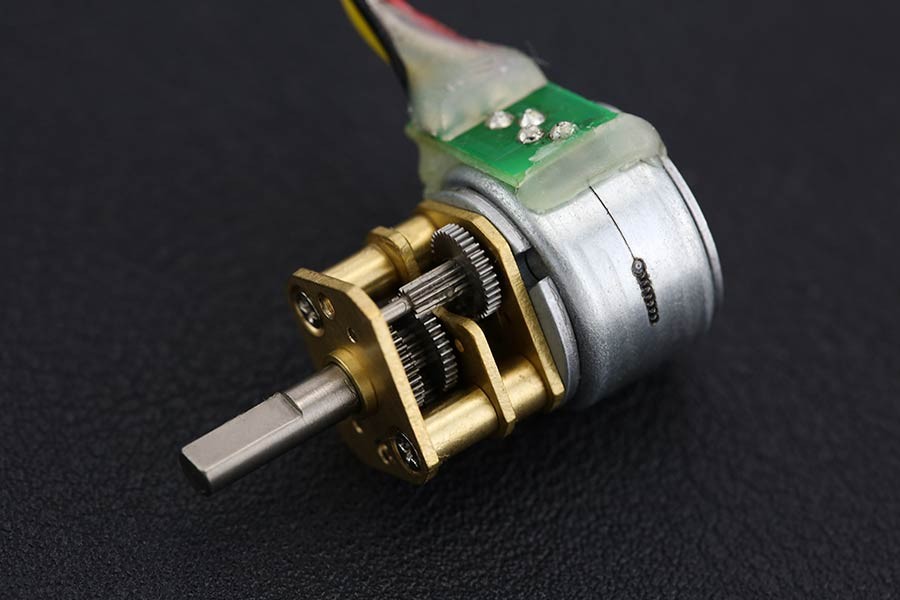Speed reduction package have come into wide use with the general objectives of increasing torque and reducing speed.However, they are also used in combination with stepping motors requiring high positioning precision for the sake of higher resolution, lower vibration, high inertia drive, and downsizing.
Here we will explain the advantages of geared stepping motors comparing the case for selecting the motor alone and the case for selecting a geared type.

Selection example
This selection procedure calculates the minimum positioning time and calculates various parameters for two different conditions: when the motor alone is selected for the drive for the index table in the figure on the left and when a geared type motor is selected.
Therefore, this procedure has a different sequence in places from the selection procedure given below.
Drive inertia
The ratio of the moment of inertia of the load converted for the motor output shaft and the moment of inertia of the rotor is called the inertia ratio and is expressed with the following equation.If the inertia ratio is too large, this may affect the start up time and settling time due to overshoot and undershoot during starting and stopping.
Using geared type motors provides the following advantages
Downsizing
This does not mean just increasing the torque by using a geared type motor. Rather, whereas the inertia that the motor itself can drive is 10 times the rotor inertia, the geared type can drive this inertia multiplied by the square of the speed reduction ratio. Therefore, for driving an inertial body such as
in this case, selecting a geared type makes it possible to reduce the installation dimension from 85 mm →60 mm square and the total length from 128 mm to 93.5 mm.
Positioning time
Because this comparison uses an inertia structure that can be driven by the motor itself the advantages of geared type motors for acceleration were not manifest, but the larger the inertia body, the more the geared type motor reduces the acceleration time.
Positioning angle
Since the basic step angle is 0.72 ̊, 30 ̊ and 60 ̊ positioning was not possible, but since 1/7.2, 1/36,and other speed reduction ratios are available for geared type
motors, 30 ̊ and 60 ̊ positioning are possible. This time, to compare a motor alone and a nema 17 geared type motor under the same conditions, 45 ̊ positioning was used because it can beused by both types of motors.